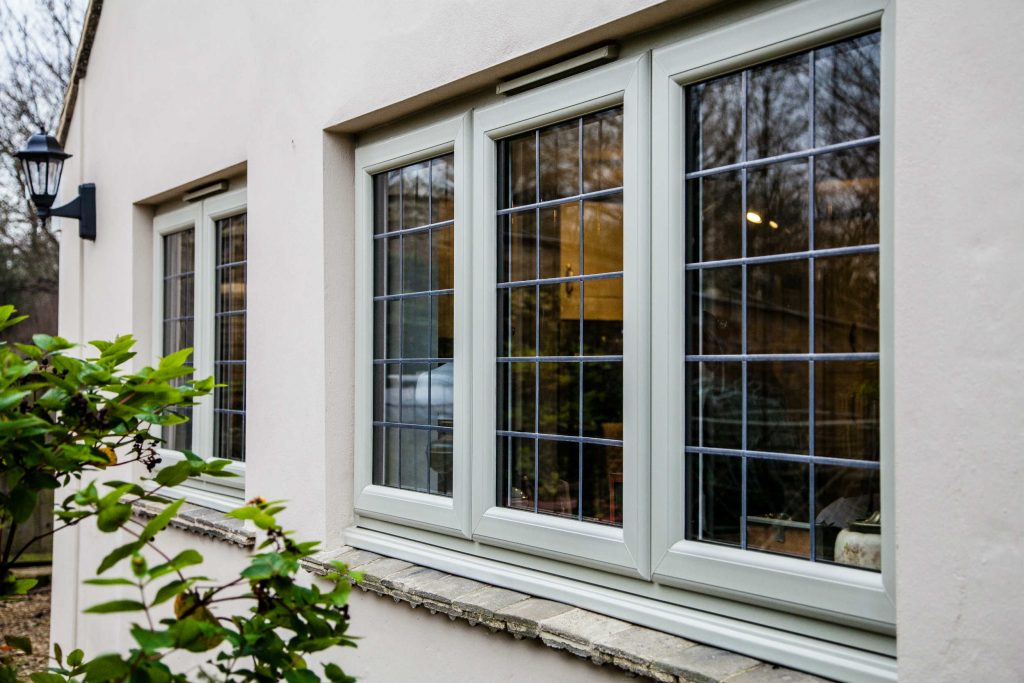All Categories
Featured
Table of Contents
Benefits Of Replacing Double Glazing Windows In The Summer in Cooloongu Perth
Laminated glass is frequently used in locations in the home most vulnerable to injury from human impact such as restrooms, doors, around staircases and in locations near the floor (it satisfies the requirements of 'security glass' that is mandated for use in these areas by Australian Standard AS 1288 Glass in structures).
Toughened glass has been 'tempered' by being reheated and quickly cooled again. This process makes it much more powerful than standard glass it can resist greater impact loads prior to breaking. It also makes it much safer due to the fact that, when it does shatter, it burglarizes lots of small cubic pieces instead of unsafe shards.
Does Double Glazing Have A Vacuum? in Straffon Western Australia
Toughened glass has no thermal or acoustic benefits over other glass of the very same toning or thickness. Secondary glazing is where single-glazed windows are retrofitted with a transparent acrylic or glass sheet attached to the within of the frame or openable sash with a secondary frame or with magnetic strips.


Secondary glazing will not perform as well thermally as a made IGU, given that it is difficult to completely seal the border, but it can supply excellent noise control. Window films are a thin polymer film including a taking in dye or reflective metal layer, with an adhesive backing. They adhere to your glazing to change its colour or make it reflective.
Double Glazing in North Lake Western Australia
Applied to existing glass, some window films can halve the general SHGC of the window by taking in and/or reflecting solar radiation. This can be particularly beneficial in hotter climates where cooling is the primary issue, or on east and west elevations directly exposed to long periods of sunlight. Window movies may likewise reduce noticeable light transmittance.

For this reason, it is normally best to utilize an accredited installer of window film. Frames have a considerable influence on the thermal efficiency of windows and doors, since energy can be gained and lost through the frame, as well as through the glass. Different kinds of frame will allow different levels of heat gain and loss, so mindful option of frame is essential for efficient passive design.
Double Glazing For Warmer Temperature : R/melbourne in Woodbridge WA
Aluminium is also a really excellent conductor of heat and will decrease the insulating value of a glazing system, unless specifically engineered to decrease this. A 'thermally broken' frame is comprised of 2 aluminium sections connected by a structural insulator (usually a low-conductivity structural polymer). This 'breaks' the thermal connection through the aluminium and decreases the heat streaming through the frame.
They can be costly, however costs are reducing as they become more typical. Wood frames are a good natural insulator that can match some house styles. Lumber frames need to be made from species that have naturally high toughness or be treated to avoid decay and contortion. Check that the lumber is sourced from a sustainably handled forest.
Benefits Of Replacing Double Glazing Windows In The Summer in Darling Downs WA
(weather condition stripping) is set up.
u, PVC windows and doors have excellent thermal performance Image: Ben Wrigley (Light House Architecture and Science) Composite frames utilize aluminium profiles on the external areas with either a wood or u, PVC inner section. These integrate the low upkeep and durability of aluminium with much improved thermal efficiency.
Latest Posts
Why Is Double Glazing So Important In Winter? in Floreat Western Australia
Pros And Cons Of Argon Gas In Windows in Bedford Perth
Can I Have Double Glazing In A Summerhouse? in Madeley Perth